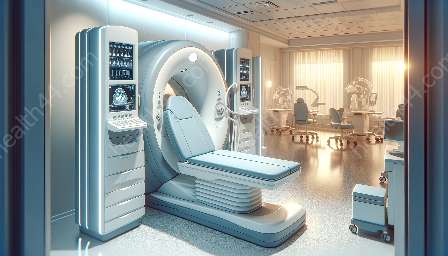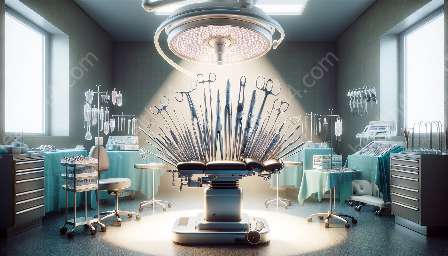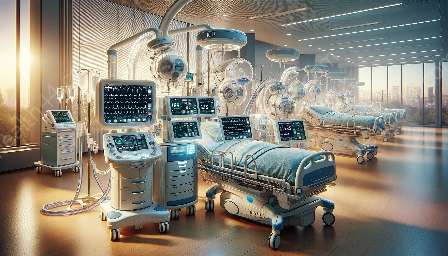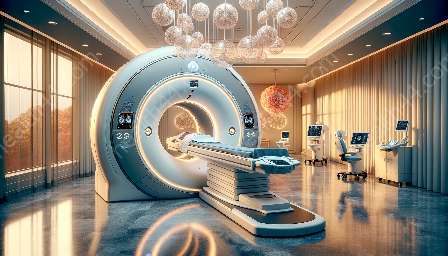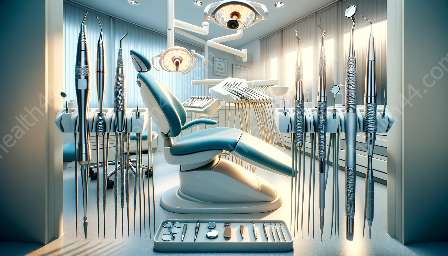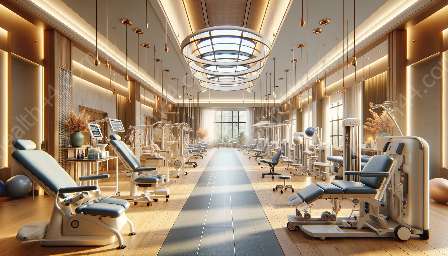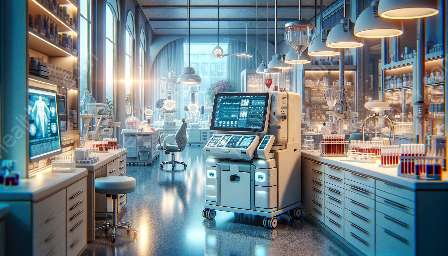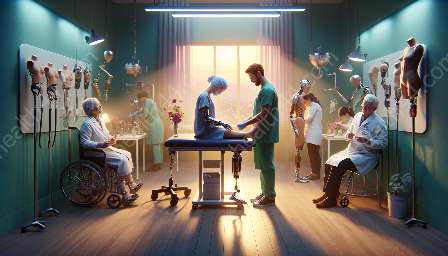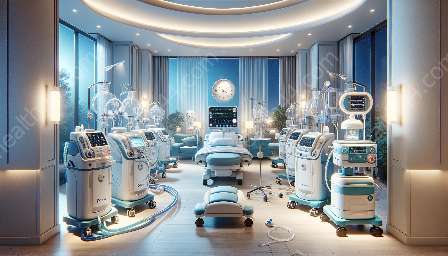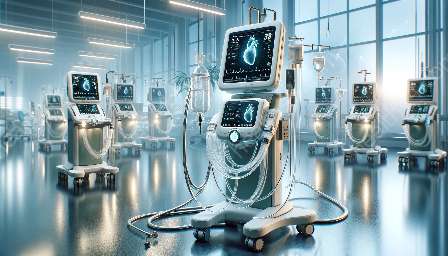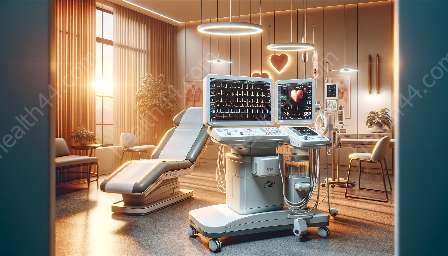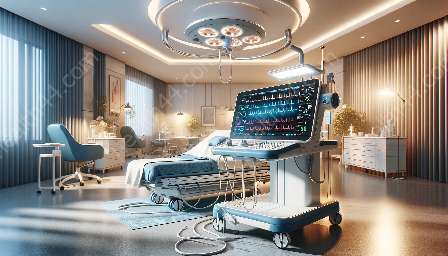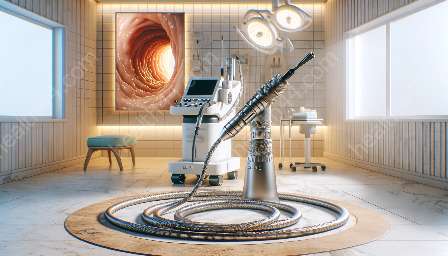Medical imaging devices have revolutionized the field of healthcare, allowing medical professionals to visualize and diagnose various conditions with accuracy and precision. These cutting-edge devices play a crucial role in the diagnosis, treatment, and monitoring of diseases, ultimately improving patient care and outcomes. In this comprehensive guide, we will delve into the technology behind medical imaging devices, their impact on healthcare, and future advancements in the field. We will also explore the interconnection between medical devices & equipment and health, shedding light on the importance of these devices in the overall healthcare landscape.
Understanding Medical Imaging Devices
Medical imaging devices encompass a wide range of equipment and technologies used to create visual representations of the interior of the body for clinical analysis and medical intervention. These devices utilize various imaging modalities, including X-rays, computed tomography (CT), magnetic resonance imaging (MRI), ultrasound, and positron emission tomography (PET), to produce detailed images of organs, tissues, and physiological processes. Each modality offers unique advantages and is used for different diagnostic purposes, providing healthcare professionals with valuable insights into the patient's condition.
Technological Advancements in Medical Imaging
The field of medical imaging has witnessed significant technological advancements, leading to improved imaging quality, reduced radiation exposure, and enhanced diagnostic capabilities. For instance, the development of digital imaging technologies has enabled the capture, storage, and transmission of high-resolution images, allowing for remote interpretation and consultation. Moreover, the integration of artificial intelligence (AI) and machine learning algorithms has revolutionized medical imaging interpretation, leading to faster and more accurate diagnoses, and the identification of subtle abnormalities that may go unnoticed by the human eye.
The Impact on Healthcare
Medical imaging devices have had a profound impact on healthcare by facilitating early detection of diseases, guiding minimally invasive procedures, and monitoring treatment responses. By providing detailed anatomical and functional information, these devices enable healthcare providers to tailor treatment plans to individual patient needs, ultimately improving treatment outcomes and reducing healthcare costs. Additionally, medical imaging plays a crucial role in medical education and research, allowing for the advancement of medical knowledge and the development of innovative treatment approaches.
Future Advancements in Medical Imaging
The future of medical imaging holds promising developments, including the continued integration of AI for image analysis, the enhancement of 3D and 4D imaging capabilities, and the miniaturization of imaging devices for point-of-care use. Furthermore, advancements in molecular imaging techniques are paving the way for precision medicine, where treatments are tailored to the specific molecular characteristics of a patient's condition. These future advancements are poised to further improve diagnostic accuracy, personalized treatment approaches, and patient outcomes, shaping the future of healthcare delivery.
The Connection Between Medical Devices & Equipment and Health
Medical imaging devices are an integral component of the broader landscape of medical devices & equipment, which collectively contribute to the delivery of quality healthcare services. These devices and equipment range from diagnostic tools and therapeutic instruments to monitoring devices and surgical equipment, all essential for the diagnosis, treatment, and management of various health conditions. By ensuring the availability and proper utilization of medical devices & equipment, healthcare providers can deliver efficient and comprehensive care, thus positively impacting the health and well-being of patients.
Conclusion
In conclusion, medical imaging devices are at the forefront of modern healthcare, empowering healthcare professionals with the tools they need to diagnose and treat a wide range of medical conditions. From their technological advancements to their impact on healthcare and future developments, these devices play a vital role in shaping the landscape of healthcare delivery. Understanding the interconnection between medical devices & equipment and health is essential for appreciating the holistic approach to patient care, where advanced technologies and innovative devices contribute to better health outcomes. As the field of medical imaging continues to evolve, it is undoubtedly an exciting time for healthcare innovation and progress.

